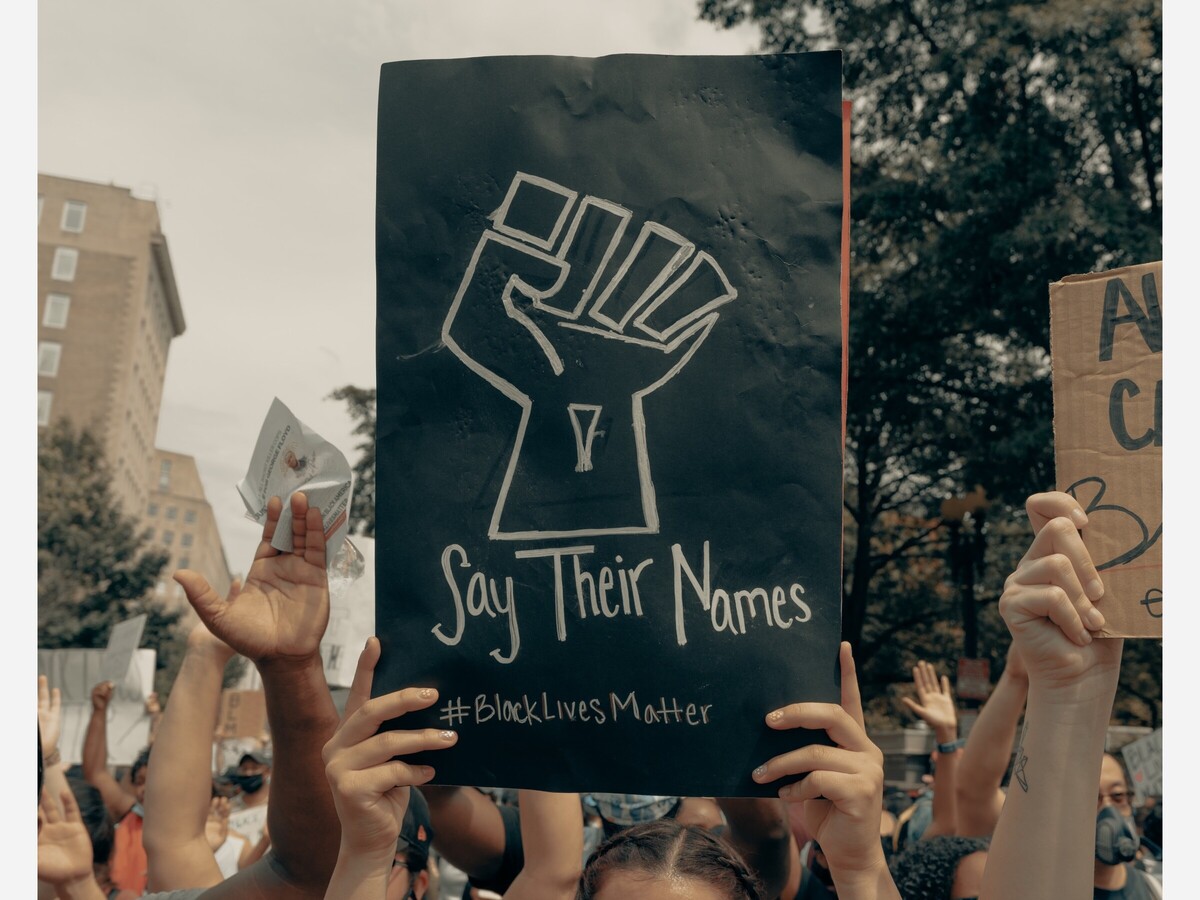Image


America is a beacon of opportunity and progress to much of the world. Yet, beneath this veneer of hope and prosperity, the intricate interplay between systemic structures, namely, the federal government, media, systemic racism, persistent poverty, and disparities, shapes the national landscape. These components act and interact in complex ways that impact the lives of millions. Today, we will delve into the heart of this labyrinth, examining the interconnections and how they define our society.
The Federal Government and Its Role
The federal government plays a vital role in shaping society through laws, policies, and programs. Its influence permeates all levels of the organization, from large corporations to the most vulnerable individuals. Policies promoting equal opportunity can lead to more significant social equity, while those perpetuating systemic barriers can deepen disparities.
Yet, the government's impact is not linear. It sways under the pressures of political agendas and the dominating social beliefs of the time. Some laws, like the Civil Rights Act, have been pivotal in the fight against racial segregation, while others have unintentionally advanced systemic racism and widened socioeconomic gaps. For example, the War on Drugs disproportionately impacted Black and Latino communities, resulting in higher imprisonment rates and perpetuating a cycle of poverty. Critics argue that legislation like the "Don't Say Gay" bill contributes to systemic homophobia and transphobia.
The Media: A Double-edged Sword
Media, another dominant actor in this drama, is both a mirror and a molder of society. It reflects the attitudes, prejudices, and realities of the times while shaping public perception.
On the one hand, media can educate, inform, and mobilize citizens toward positive social change. It played a crucial role during the Civil Rights Movement by highlighting the atrocities faced by Black citizens and garnering national sympathy. Conversely, media can also perpetuate stereotypes and misinformation, causing harm to marginalized communities. Sensational news, biased reporting, and lack of representation have often contributed to public misperceptions about race, poverty, and disparities.
Systemic Racism: A Legacy of Inequality
Systemic racism is an insidious force embedded in society's structures and institutions. From housing policies that led to racial segregation to discriminatory practices in education, employment, and criminal justice, systemic racism has perpetuated racial disparities and generational poverty.
Persistent Poverty: A Vicious Cycle
Poverty is not an isolated problem but a complex issue intertwined with systemic racism and social disparities. A lack of resources limits access to quality education and healthcare, leading to diminished opportunities and a perpetuating cycle of poverty. The federal government has a significant role in breaking this cycle through poverty alleviation policies, but persistent racial disparities and systemic biases often impede these efforts.
The Confluence of Disparities
Whether racial, economic, or otherwise, societal disparities are not standalone phenomena. They result from various systemic factors, including government policies, media influence, systemic racism, and persistent poverty. For instance, healthcare disparities among communities of color can be traced back to systemic racism (leading to inadequate care), media misinformation, and poverty-related barriers to accessing quality healthcare.
Conclusion
In understanding the interplay between the federal government, media, systemic racism, persistent poverty, and disparities, we can see that the issues plaguing our society are interconnected. As such, the solutions must be comprehensive and multi-pronged, recognizing the complexity of these systemic structures. The path to progress may be fraught with challenges. Still, with informed policies, responsible media, and concerted efforts to address systemic racism and poverty, we can move closer to a more equitable society.